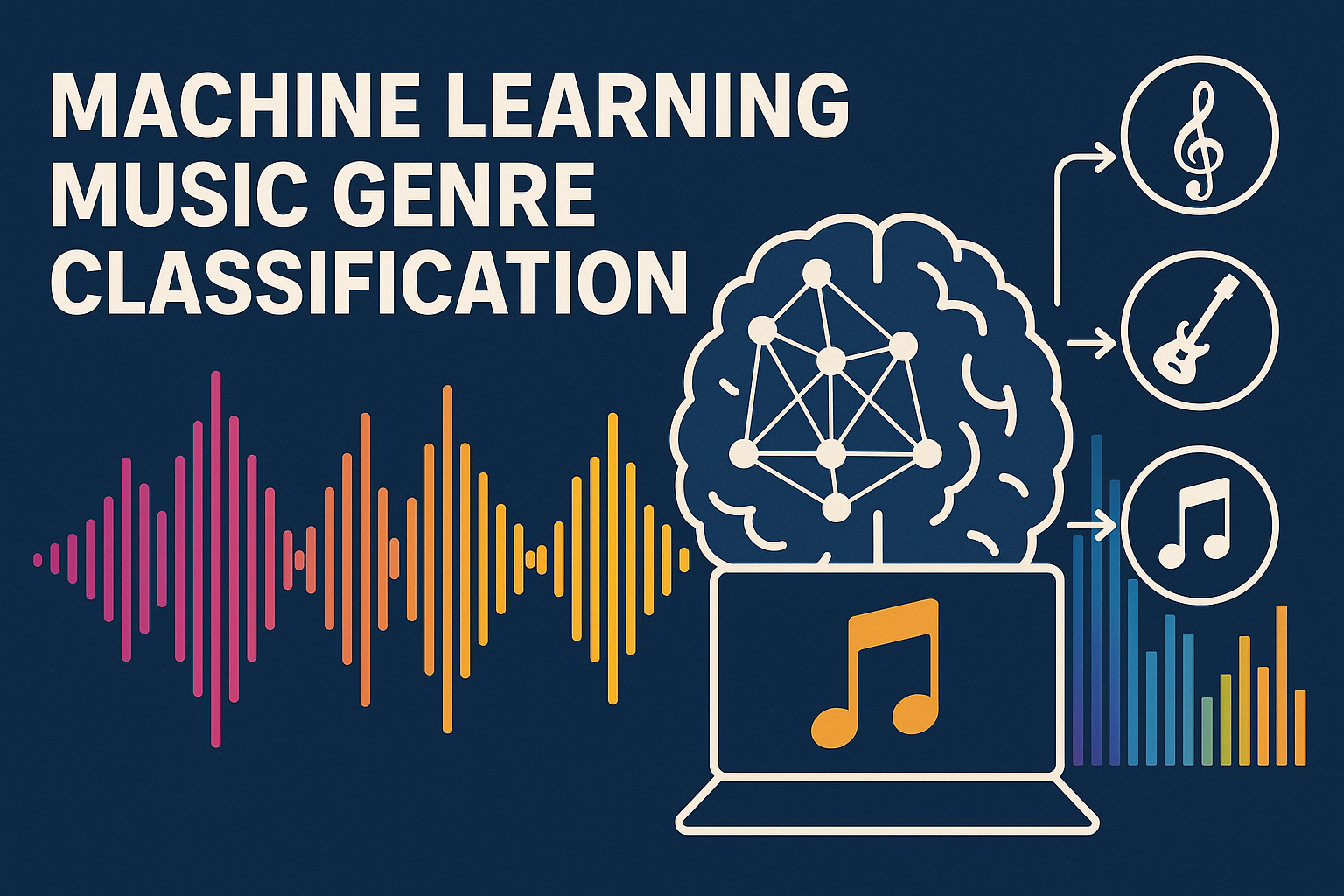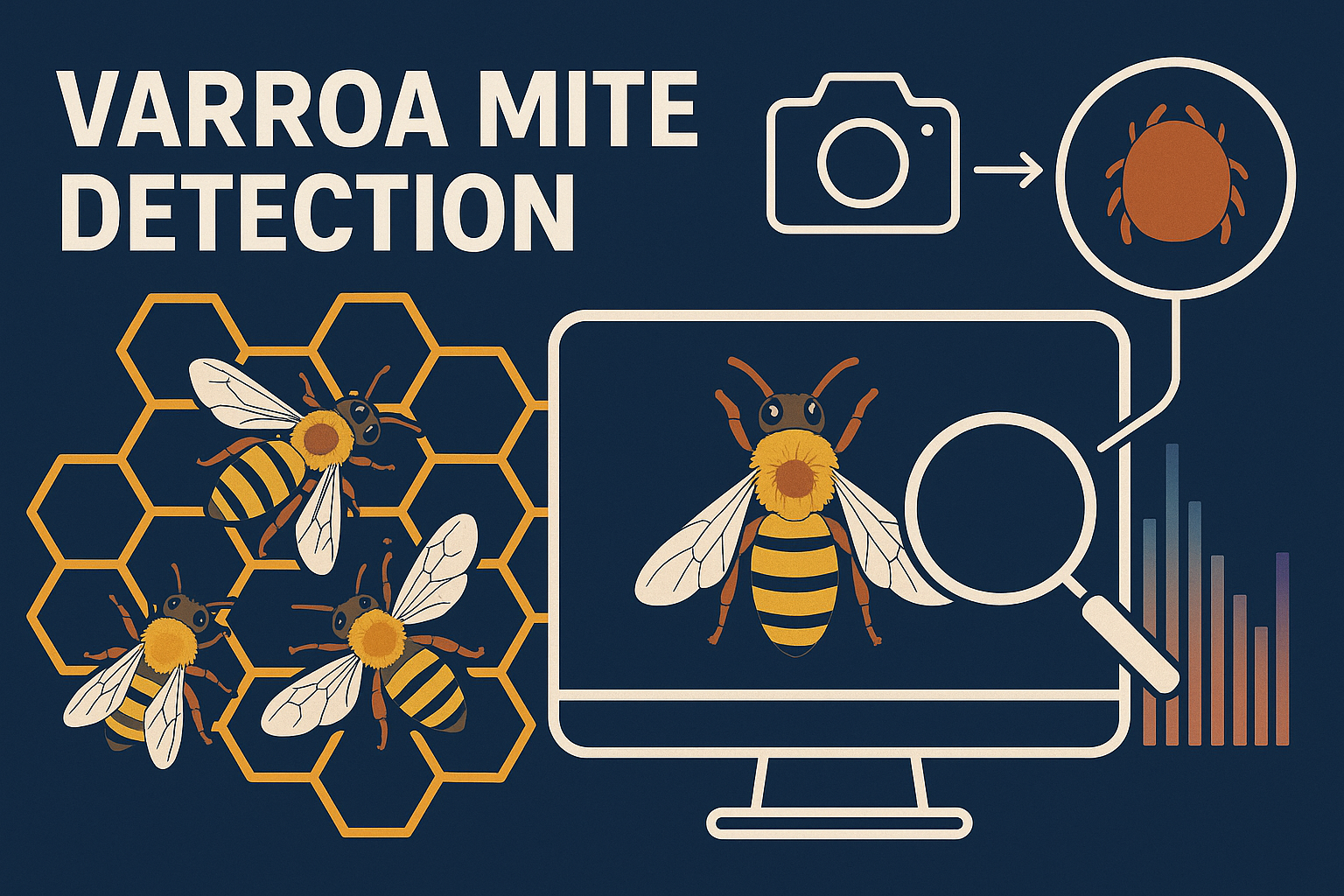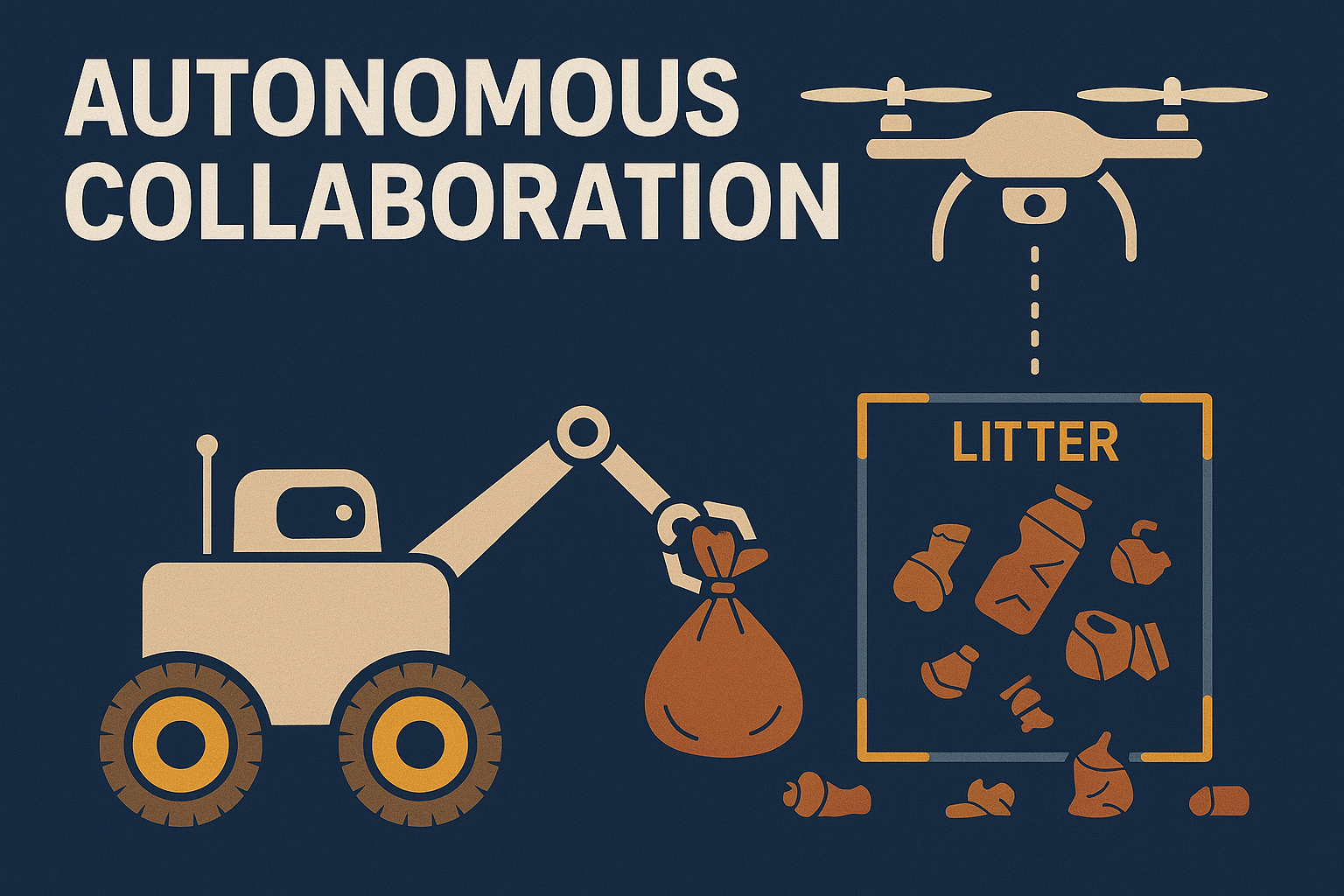Spencer Hayes-Laverdière
Generative AI (images & text), computer vision, and search & recommendation systems.

Professional Experience
OS
2024
- Reduced GPU VRAM requirements by 50%, saving the company $10k per month on server costs
- Developed a sketch-to-image tool using Stable Diffusion enabling users to generate images starting from an existing sketch
- Led the development of the ML team's REST API, serving endpoints including a new feed model that reduced latency from over 3 seconds to under 500ms, incorporating automated documentation, testing, and schema validation
CM
2023
- Successfully designed and deployed data pipelines using Python and Airflow for a LangChain Agent leading to a 30% increase in billing efficiency
- Added 4 new endpoints to a distributed micro-service REST API platform on Kubernetes that serves real-time low-latency recommendations
- Engineered a hybrid analytics and logging endpoint that fed events to Looker and BigQuery, reducing frontend debug time by over 50%, while also enhancing long-term analytics capabilities
LV
2021
- Designed and deployed a robust data infrastructure for real-time event streaming on Azure and oversaw its migration to GCP using Pub/Sub, Dataflow, and Cloud Storage
- Oversaw training and deployment of a real-time recommendation API in Python with Flask, served on Cloud Run using Docker containerization, achieving sub 500 millisecond response times for hundreds of requests per second
- Participated in the development and optimization of a real-time computer vision model using Tensorflow and NVIDIA TensorRT
AN
2021
- Delivered specialized geospatial data analyses using Python and SQL
- Designed and built in-house data science infrastructure, including new DBT testing methods and a JupyterHub deployment
SF
2020
- Spearheaded the development of pricing and search algorithms on datasets of 10+ million instances through tools like Tensorflow, PyTorch, XGBoost, and PostGIS, contributing to the company's successful acquisition
- Setup MLOps tools like MLFlow, SHAP, and Data Version Control to track model insights, perform validation, and simplify deployment
- Trained and deployed large cloud models using accelerated hardware through AWS' SageMaker
UO
2018
- Designed and taught Electrical & Computer Engineering courses, focusing on practical skills like coding and 3D printing
Projects

Music Genre Classification
AI-powered system that analyzes audio features to predict music genres with machine learning.

BeeGuard AI
Computer vision system that detects Varroa mites on honeybees using a custom finetuned ResNet model to help beekeepers protect their colonies.

Cooperative land-air drones
Cooperative autonomous system where land and aerial robots work together to detect and collect litter using Mask R-CNN neural networks.
Recent Blog Posts
1 / 0
Get In Touch
Interested in working together? Send me a message: